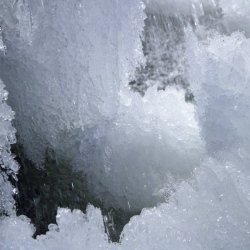
The evidence comes from a remarkable find at the margins of the Quelccaya ice cap in Peru, the world’s largest tropical ice sheet. Rapid melting there in the modern era is uncovering plants that were locked in a deep freeze when the glacier advanced many thousands of years ago.
Dating of those plants, using a radioactive form of carbon in the plant tissues that decays at a known rate, has given scientists an unusually precise method of determining the history of the ice sheet’s margins.
Lonnie G. Thompson, the Ohio State University glaciologist whose team has worked intermittently on the Quelccaya ice cap for decades, reported the findings in a paper released online Thursday by the journal Science.
The paper includes a long-awaited analysis of chemical tracers in ice cylinders the team recovered by drilling deep into Quelccaya, a record that will aid scientists worldwide in reconstructing past climatic variations.
Such analyses will take time, but Dr. Thompson said preliminary evidence shows, for example, that the earth probably went through a period of anomalous weather at around the time of the French Revolution, which began in 1789. The weather presumably contributed to the food shortages that exacerbated that upheaval.
“When there’s a disruption of food, this is bad news for any government,” Dr. Thompson said in an interview.
